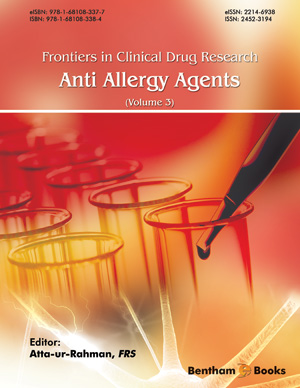Abstract
SHS investigation development is considered from the geographical and historical viewpoint. 3 stages are described. Within Stage 1 the work was carried out in the Department of the Institute of Chemical Physics in Chernogolovka where the scientific discovery had been made. At Stage 2 the interest to SHS arose in different cities and towns of the former USSR. Within Stage 3 SHS entered the international scene. Now SHS processes and products are being studied in more than 50 countries.
Abstract
Histamine is a potent chemical mast cell and basophil messenger able to stimulate vasodilatation, gastrointestinal, respiratory and cardiac muscle contractions. At least four types of histamine receptors exist with varying physiological effects including vasodilatation, gastric acid secretion, brain chemistry and the cardiovascular system. Pharmacological antagonists are in common usage to at least two types of these receptors, H1 and H2; H1 being the classical “antihistamine” used in allergic conditions and H2 antagonism primarily associated with the prevention of gastric acid secretions. The first use of antihistamines to treat allergies was made over seventy years ago and these agents have undergone many chemical derivations since in order to maximize their H1 selectivity. In order to fully understand the underlying biochemistry of allergic disease, physiological roles of mast cells and basophils will be discussed together with a review of the mechanism through which histamine stimulates the H1 receptor. This chapter will delve into the history of the discovery of histamine, development of the antihistamines and the different pharmacological generations of drugs that have occurred since. Finally, we will conclude with a discussion of the new H1antihistamines currently under development together with potential future directions for this class of pharmaceuticals.
Keywords:
Combinatorial chemistry, Drug repurposing, H1, Histamine, Mast cells, Metabolomics, Urticaria and Rhinoconjunctivitis.
Recommended Chapters
We recommend

Authors:Bentham Science Books






